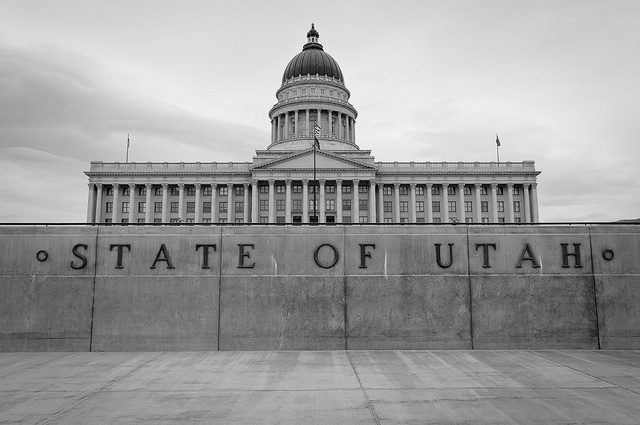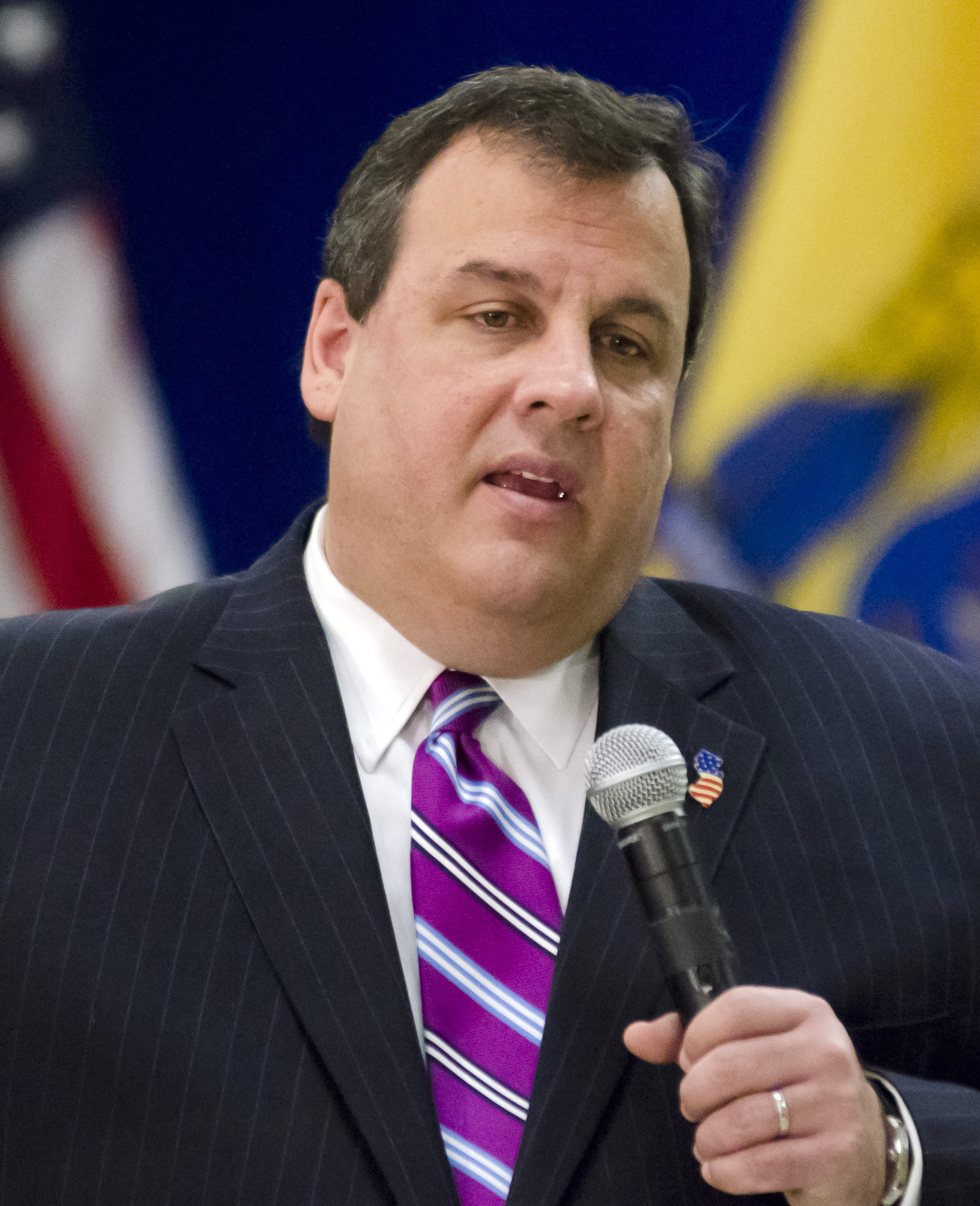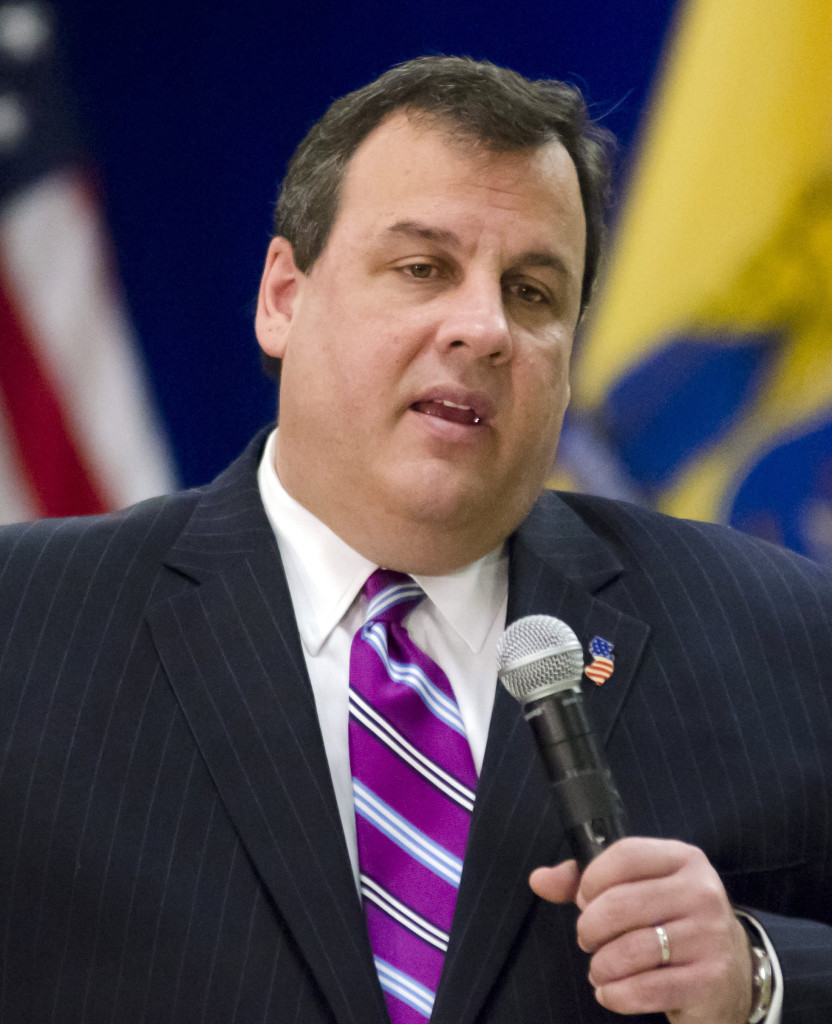
Leo Kolivakis is a blogger, trader and independent senior pension and investment analyst. This post was originally published at Pension Pulse.
Chris Johns of The Irish Times reports, Pension crisis is still a financial disaster waiting to happen:
Benjamin Franklin famously said the only two things about which we can be certain are death and taxes. If he were alive today he might be tempted to add pensions crisis as a third certainty of human existence.
I wrote my first “pensions are in crisis” article (for this newspaper) more than a decade ago. That is not a claim to successful futurology or deep insight. It was merely an observation of an existing state of affairs. It was also something that pension experts had been warning about for a long time. Attempts have been made to make things better but these have mostly been piecemeal. Of course, with regard to the National Pension Reserve Fund, it was a case of one step forward and then fall off a cliff. Many pensions are still in crisis, both public and private.
The list of culprits is a familiar one: we are living longer. In particular, we are living longer than expected by the actuaries who set up the pension schemes in the first place – yet another example of the futility of forecasts. Investment returns have also, in many instances, been lower than forecast. The ending of company defined benefit schemes has also created more problems than it solved.
Dilemma
All of this is standard stuff. The response of pension experts is always a rational one: above all else, we should be saving more for our old age. The action taken by most of us is often to yawn and pay attention to something more interesting. Like slowly boiled frogs, we do nothing as the problem builds. Curiously, unlike boiled frogs, we know what is happening and why. We also know what to do to escape the pensions dilemma but mostly choose not to.
This is where it gets interesting. The pensions industry yells louder at everyone to save more. During good times and bad times, the experts are mostly ignored. It’s not just about the recent recession leaving no money left over for saving. When things were booming we saved more but still nowhere near enough.
All of these remarks apply to many economies, not just Ireland’s. We are uninterested in our pension arrangements. Attempts to persuade people to do something often fail. Perhaps it is time to face up to this and acknowledge the consequences for public policy: a lot of people are going to be very disappointed by their pension entitlements. State pensions will remain a significant part of old-age income. This, in turn, will generate another fiscal crisis, sooner or later.
The political power of older people is growing in line with their numbers. Few politicians are willing to antagonise a most important bloc of voters. It seems to be easier to cut public sector pay than to take on pensioners. Nobody dares tackle existing benefits, some of which are as daft as they are unaffordable.
Journeys on the Aircoach from Killiney to Dublin Airport are illustrative. The conversation is often about overseas villas and the latest cruise. These well-heeled pensioners are travelling to their holiday destination in leather-seated, free wifi luxury at the expense of the taxpayer. It really is quite an experience.
Indefensible
Free travel for all is just one indefensible, unaffordable benefit that, I forecast, will never be tackled. I am not going to mention healthcare spending for fear of what will happen to me the next time I am on that bus.
It is tempting to say I must be wrong: a future financial crisis will force politicians to do the right thing and sort out pensions and unaffordable entitlement spending. But we have just lived through the worst financial crisis of all time which left many “unsustainable” benefits untouched and did little to sort pension arithmetic that doesn’t add up. These are battles that seem to be too hard, politically, to fight.
Future governments will be faced with a paradox: the ever-increasing power of pensioners will lead to ever-decreasing willingness to tackle unaffordable spending commitments. But those older people will be growing more and more disgruntled with their pensions.
There is no doubt in my mind the global pension crisis is getting worse and that along with the jobs crisis, these will be the political issues of the next decade(s). The author is correct, this isn’t an Irish problem, it’s a global problem and quite amazingly, it’s a topic that receives little if any attention because most people just prefer to ignore it until it’s too late.
What happens when it’s too late? As an extreme example, look at Greece. Their pensions are on the verge of collapse and the country’s left-wing leaders are desperately trying to negotiate terms to save them. But as Greece searches for a new deal, the reality is that its economy is in a dire predicament because decades of public sector profligacy have finally caught up, and the math simply doesn’t add up.
I had a chat with a friend of mine in Greece yesterday who told me he thinks most Greeks are “hopelessly delusional.” He shared the following with me:
“…there are 2.5 million private sector workers supporting 1.5 million public sector workers in Greece. How is this sustainable? I got into a fight with a professor of geology who was complaining to me her salary went down from 2,300 euros a month to 1,300 euros a month and she still has to work 12 hours a week. I told her she’s lucky she still has a job and told her to go see my butcher who works close to 60 hours a week and only earns 750 euros a month to feed his family of four. And it drives me crazy when I hear Greeks talk about the good old drachma days when they were collecting 25% interest at a bank but the inflation rate was sky high and you took out loans at 40% interest, if you were lucky.”
He added:
“The country is in desperate need of reforms but Greeks are incapable of governing themselves and cutting public sector expenses. Did you know that by law you’re not able to foreclose on a primary residence in Greece? Did you know that if you own a private business you cannot fire more than 2% of your workforce at a time? The Greek government owes private businesses billions of euros in arrears and isn’t paying them so many businesses close up shop, at which point people lose their job. But god forbid we cut expenses at Greece’s over-bloated public sector, all hell will break loose. Still, this is what Greece needs, someone to come in here and make the needed cuts and I think that is what is going to happen once Syriza balks and signs a new agreement on specific reforms.”
On Grexit, he doesn’t think it’s going to happen. Instead, he thinks Syriza will eventually cave and the ECB will take over the IMF loans to Greece (about 30 billion euros) and then Germany and other creditors will put the screws on Greek leaders to reform their economy once and for all (I certainly hope he’s right).
But while Greece is an extreme example, other European countries face equally big challenges, especially when it comes to their pensions. Paul Kenny, a senior investment consultant at Mercer Ireland, wrote a comment for The Irish Times on how quantitative easing is creating new challenges for pension schemes:
The first month of quantitative easing (QE) has come and gone. Although early indicators are positive, it will take some time to tell whether QE will ultimately lift the euro zone out of its economic malaise. But the immediate impact of QE on defined benefit (DB) pension schemes is clear, and it is creating huge challenges.
QE has dealt Irish DB pension schemes, which are facing exceptionally low interest rates, yet another blow. The €60 billion per month of bond purchases in which the European Central Bank (ECB) is engaged is distorting an already stressed market very significantly.
Although QE has boosted asset returns, the considerable associated reductions in bond yields have pushed DB liability values to ever-dizzying heights and reduced expected returns on asset portfolios. This brings further massive financial reporting pressures for plan sponsors, who are committed to delivering pension benefits to their employees.
Liabilities
QE has likely already increased the value of Irish DB scheme liabilities by up to 20 per cent (ie by between €10 billion and €15 billion across all plans), making an already difficult situation at the end of 2014 considerably worse.
Yields on long-dated German bonds have now fallen below zero at maturities up to just under 10 years. As a result, local insurers are or may soon be pricing annuities at negative interest rates, resulting in the rather bizarre outcome that it may cost more than the sum of expected future payments to buy out a pension benefit.
For schemes that are required to reserve to this level under the local regulatory test, this provides significant funding difficulties.
For schemes in wind-up, it may result in an even more unfair distribution of assets from the viewpoint of non-pensioners.
The concept of building a regulatory funding hurdle around what is a very uncompetitive annuity buy-out market in Ireland remains a concern. This has not been adequately alleviated by the advent of sovereign annuities, which remain a relatively unused and unwieldy solution.
How should trustees react to these QE-related challenges? First, they need to realise that QE will not be permanent. It is scheduled to run until September 2016 and although it may be extended beyond then, there are some challenges in upsizing the programme. As a result, the current issues, although extremely challenging, may be temporary.
Second, they need to be aware that QE has provided massive support to asset prices but that this support will not be permanent and, at some stage, assets will have to stand on their own feet.
Caution
Third, they need to treat with caution the Pensions Authority’s position that bonds are the optimum investment class.
In its 2014 annual report, it expressed concern about the level of investment risk to which Irish DB pension schemes are exposed.
Risk management and diversification away from volatile equities should certainly be encouraged and supported. However, now is a very expensive time to reduce risk by increasing allocations to euro zone bonds. De-risking in this form, while QE is influencing the market, will likely have a permanent impact on pension benefits (through benefit reduction or a forced move away from DB schemes).
The regulatory framework should ideally take account of the unprecedented market conditions Irish schemes face due to QE and allow schemes that are well managed, have defined risk management strategies and are sustainable over the long term to navigate the current short-term challenges.
Unfortunately, there appears to be little sign of pragmatism or even acknowledgement that we going through extraordinary market conditions. The Pensions Authority says “…there should be no question of changing the standard in order to give schemes and their members the false impression that the situation is easier than it actually is… ”
Accordingly, it falls to trustees and sponsors to make sensible risk management decisions and do their best to plot a course for the long term while managing short-term financial challenges.
I’m not so sure this is a temporary problem. If anything, my fear is that Euro deflation crisis will get worse as politicians there keep putting off major structural reforms, forcing the ECB to take on more expansive and aggressive quantitative easing in the future. This is why I don’t agree with those who think now is the time to short the mighty greenback.
Closer to home, I read a comment from real estate doom and gloomer Garth Turner on why Stan is a lucky guy:
Stan worked on the line at GM’s Oshawa plant for thirty years. “Last of the breed,” he says. “Man, look at the news.” Indeed. GM just punted a thousand workers, who will be gone by November. When Stan started there, 15,000 guys crowded the gates. Now there are 3,600. Soon, a third less. “This place is doomed,” he prophecies.
Pensions are one reason, which is why I was talking to the guy. GM Canada has about 30,000 retirees drawing monthly cheques. It also has an unfunded pension liability estimated to be more than $2 billion. That’s despite a $3.2-billion cash gift the company received from the government when GM was bailed out in ‘09. It effectively means most company pensioners today are drawing taxpayer money. Yep, just like civil servants. Except most ex-GM workers get more.
Stan never saved a nickel, has no RRSPs, no TFSA, no investment portfolio and $12,500 in his TD Canada Trust daily savings account earning 0.10%. But he does have a house east of Toronto he paid $220,000 for, plus a wife who works at Loblaws.
But Stan’s one lucky dude. He has a gold-plated pension from the olden days when automakers secretly sweated as the union’s brass swaggered to the negotiating table. He also has a big choice to make. He can collect a monthly cheque until he dies. Or he can commute it – taking over the pension himself with a lump-sum payment. In his case, it will be just under $1 million – some of it rolled into a tax-free registered account, some of it in taxable cash.
“I’m scared,” he said. “I can’t sleep, and now all I do is worry.” That’s normal, I told him. People lacking money worry occasionally about being poor. People who have money obsess about losing it. It’s why rich people never smile.
Well, Stan made his choice finally. He took the money, will have it invested privately and get his monthly allowance that way. Here’s why.
“I don’t trust them.” These are the words of a guy who’s watched the ranks of the employed decimated, seen his company rescued from colossal failure by the government, and knows there’s not enough money in the pot to fund his pension for the next 35 years. In fact, unfunded pension liabilities are a ticking timebomb with the potential to blow up the lives of many unsuspecting people.
For example, Canada Post has an unfunded pension liability of $6.5 billion, which should explain why it’s trying hard to get out of the mail delivery business and laying off armies of people. Across Canada it’s estimated there are $300 billion worth of pensions that public sector workers are expecting that actually have no dollars allocated to them. Some bitter surprises are in store.
Anyway, Stan’s smart. Why even take a chance when you can take the money now?
Then there’s this: “What if they screw up again?” Governments struggling with their own debts and deficits might not be so generous with GM the next time it hits the rocks. Pensioners in Canada could live through the same experience as cops and firefighters have in American cities and states where pension benefits are arbitrarily cut. Already teachers in Ontario have been forced to pay more into their massive pension plan and will be receiving less, just to keep it solvent.
By taking the money and putting it to work, hopefully matching long-term investment returns, Stan will never deplete it and harvest a monthly amount equal to that the pension administrators were promising.
Most importantly he said, “I have to do this for Brenda.” Smart. If Stan took the company pension the way most of his greying buddies are, with its stress-free payments, then died in a few years, Brenda would get a small and temporary survivor benefit. But by commuting the pension amount, Stan’s family owns 100% of the money – forever. If he passes first (“Like that won’t happen…”) then Brenda gets every cent, to support her and help the kids as they get established.
Besides, there couldn’t be a better time for the guy to be doing this, since interest rates have cratered. Low rates make a commuted pension worth more in today’s dollars, since the present value of it rises. If current rates were a couple of percentage points higher then the autoworker’s pension value would be at least $300,000 lower. In fact, his commuted value jumped enough to buy a new RV with the tiny quarter-point bank rate drop in January.
Like I said. Lucky dude.
Finally, Stan can take his wad, invest it reasonably for growth and stability, and end up paying less tax than his pension-collecting pals. That’s because a portion of his income can be deemed return of capital, which means it’s not reportable, keeping him in a lower tax bracket.
Of course, in return for these benefits, he worries. He has to trust someone with his million. And that is the highest hurdle.
Although I understand why Stan opted to take a lump sum pension payment, I don’t share Garth Turner’s enthusiasm for this option as it places the onus on Stan to invest that money wisely and make sure he and his beneficiaries don’t outlive those savings.
He’s probably going to invest the money in some crappy “balanced” mutual fund which will underperform the market and get eaten alive on fees. Even if he invests wisely in dividend staples like Bell Canada and those much loved Canadian banks which I’m shorting, he might live through another financial crisis and take a huge hit at a time when he needs stable income during his retirement.
As you can see, when it comes to retirement policy, Garth Turner is just as clueless as his Conservative buddies in Ottawa. If they had any policy sense whatsoever as to what’s best for Canada which is about to go through a major crisis, they would have enhanced the Canada Pension Plan for all Canadians by now. Instead, they will increase the TFSA limit to help rich Canadians, which is just another dead giveaway to the financial services industry.
So, if you ask me, Stan is right to worry as the burden of retirement falls entirely on him now, but he should focus on his health first and foremost, and worry less about his retirement savings (retirement anxiety is bad for your health, another reason which is why I prefer DB plans!). As for others living in Ontario, there is hope as the provincial government recently passed legislation to create a provincial pension plan for more than three million people who do not have a workplace pension, despite critics’ warnings it amounts to a job-killing payroll tax (they are clueless too!).
When it comes to the pension crisis, Ontario is wisely bypassing the feds and going it alone. I can only hope other provinces will follow its lead because the pension crisis isn’t going away in Canada and elsewhere. It’s only going to get worse, forcing politicians to take some very tough decisions down the road. I just hope they take the right decisions, not the politically expedient ones which will exacerbate pension poverty.
Photo by Roland O’Daniel via Flickr CC License











